In Photos: Archaeologists Map Roman Raid on Scottish Hill Fort
Bullets
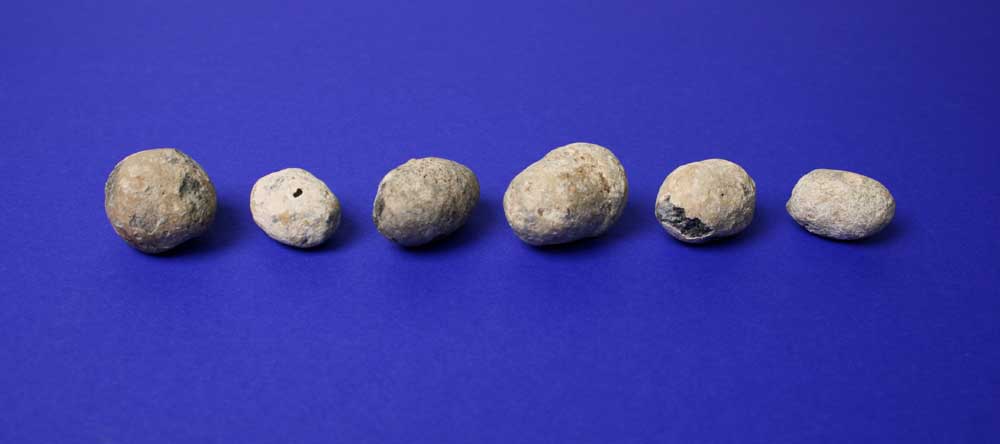
Archaeologists are mapping the location of sling bullets on an ancient battlefield to learn more about an assault by the Roman army on native defenders at a hill fort in Scotland more than 1,800 years ago. [Read full story about the Roman raid on Burnswark Hill]
More than 800 cast-lead sling bullets like these have been identified at the Burnswark Hill archaeological site in Dumfriesshire, in southwest Scotland.
The researchers are using the distribution of the sling bullets on the battlefield to map the events of the Roman assault on the fort in the 2nd century A.D., during the reign of the Roman emperor Antoninus Pius after 138 A.D.
High on a hill

The fort at Burnswark Hill is surrounded by two Roman military camps, one on the south side of the hill and one on the north.
The researchers think the camps were built to trap the defenders while they carried out a massive and punishing assault on the hilltop fort.
This photograph shows an aerial view of Burnswark Hill from the south, with the remains of the fort visible on the crest of the hill and traces of the largest of the two Roman camps visible on the southern slope.
Many tiny artifacts
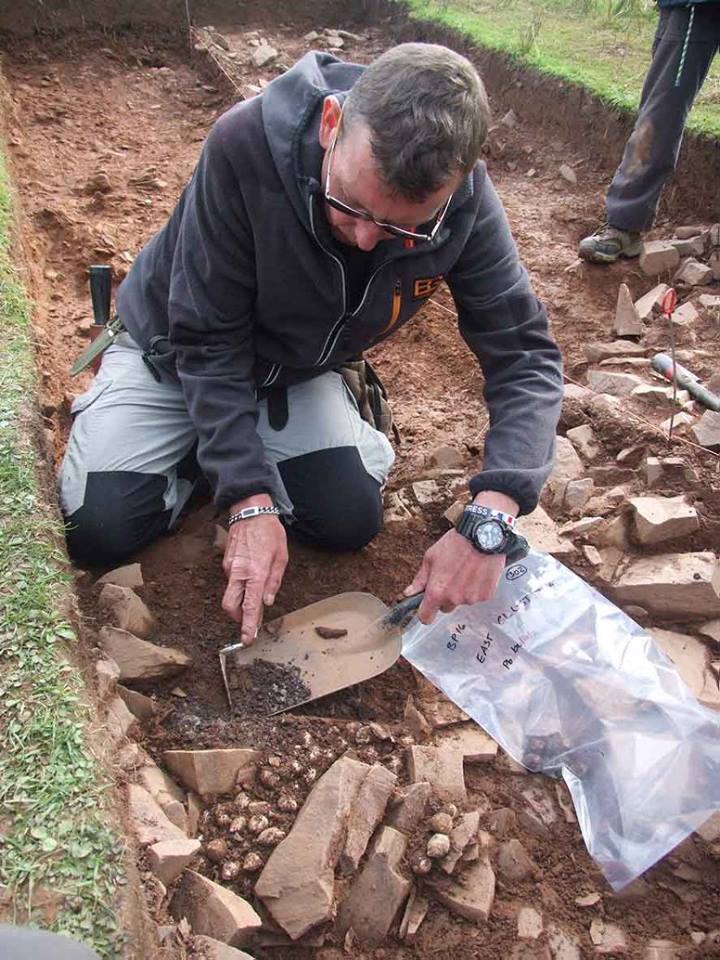
Among the finds from the latest excavations at Burnswark Hill is the largest cache of Roman lead sling bullets found anywhere in the former Roman Empire, said lead archaeologist Andrew Nicholson of the Dumfriesshire and Galloway archaeological unit.
Sign up for the Live Science daily newsletter now
Get the world’s most fascinating discoveries delivered straight to your inbox.
The cache of more than 180 sling bullets were found at the smaller Roman military camp on the north side of the hill, which the researchers think was used to hem in the hilltop defenders while the main attack was carried out from the larger Roman camp on the south side.
Terror in the sky
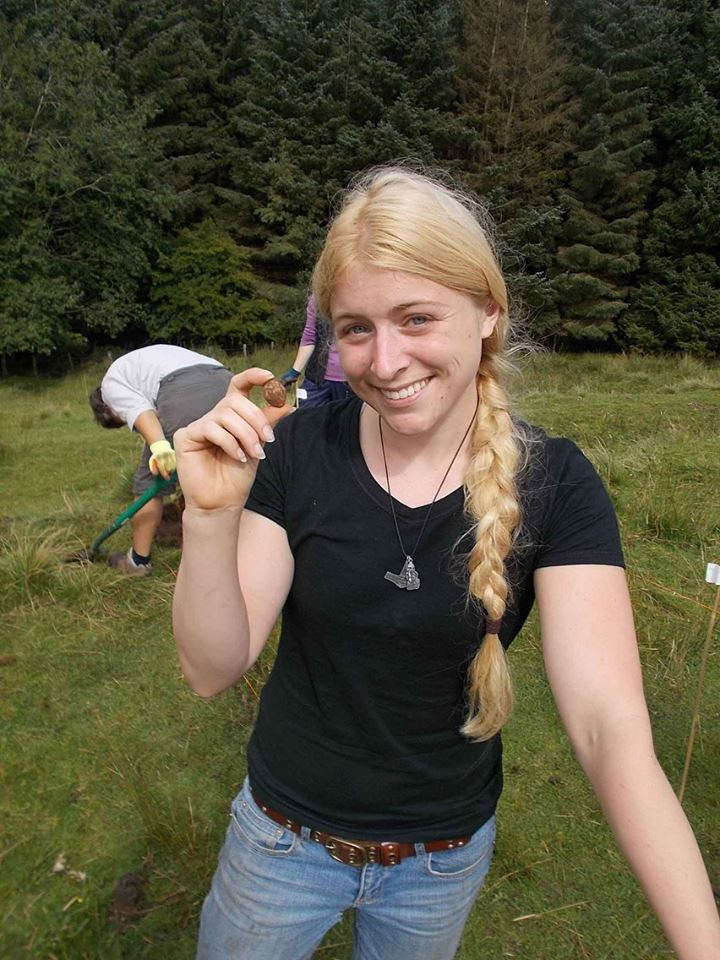
Among the extraordinary finds at the Burnswark Hill battlefield are several small lead sling bullets that have been drilled with a hole, which the researchers think were designed to make a whistling noise in flight to terrorize their targets.
The "whistling" sling bullets have only been found on the southern side of the hill, where the researchers think the main Roman assault on the hilltop fort took place.
Roman Bullets and Tools
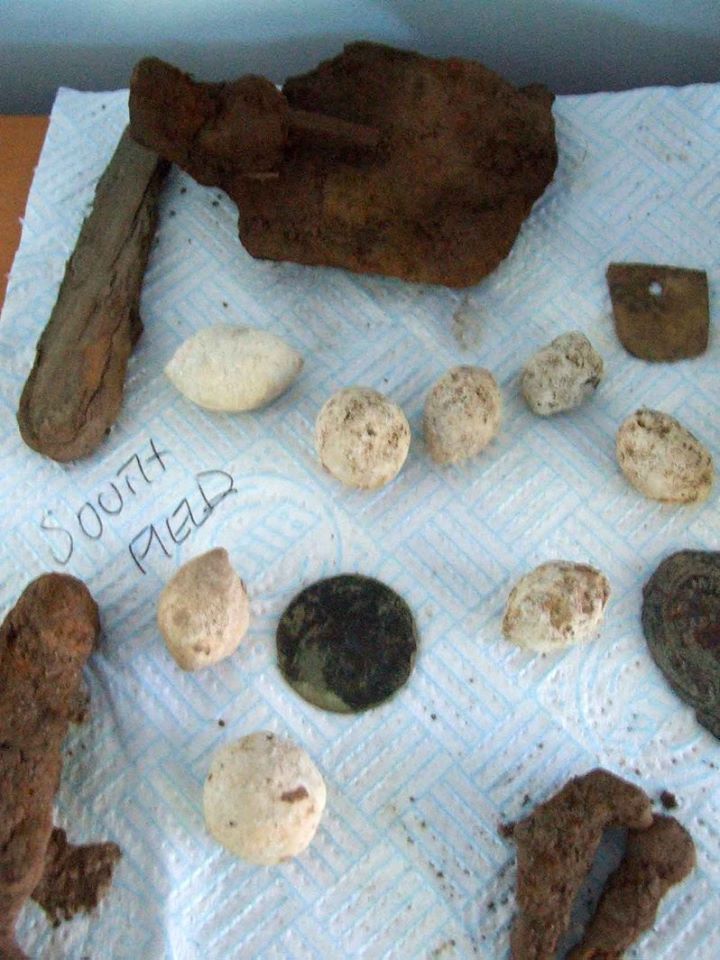
Roman lead sling bullets among 19th-century coins and metal tools found during the excavations on the south side of the hill fort.
Roman Lead Bullets
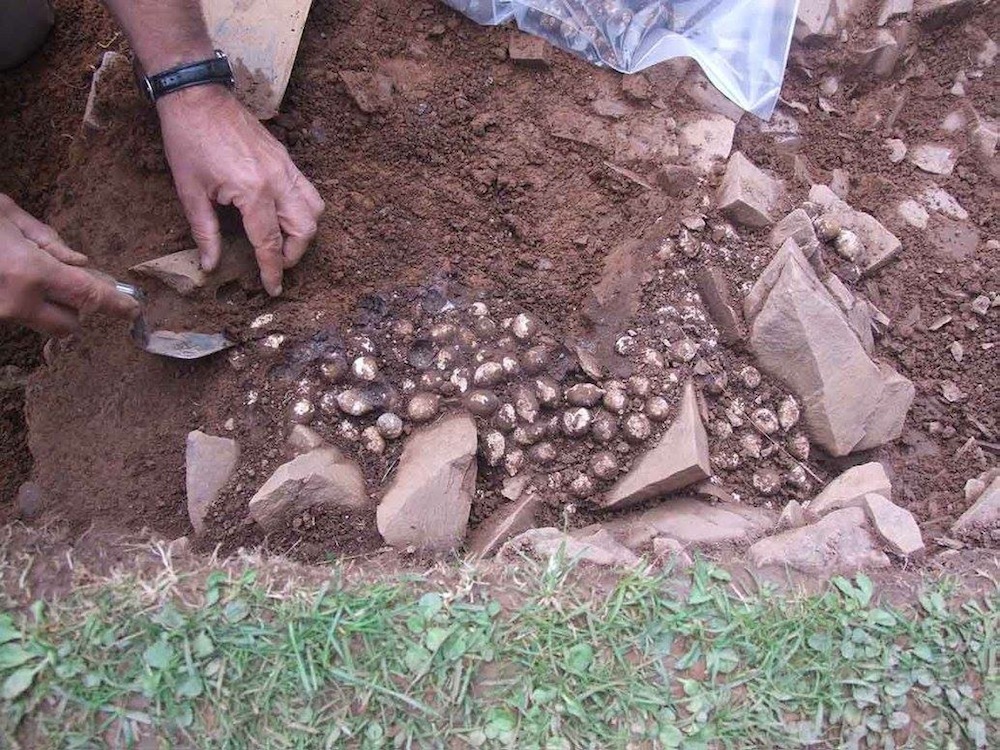
An archaeologist at an ancient battlefield site in Scotland unearths the largest cache of Roman lead sling bullets ever found.
A different kind

The research team has also found ammunition from heavier Roman missile weapons used in the assault on the hilltop, including arrowheads and this stone ball fired from a small "ballista" — a type of heavy mechanical crossbow, mounted on a tripod.
Terrible war
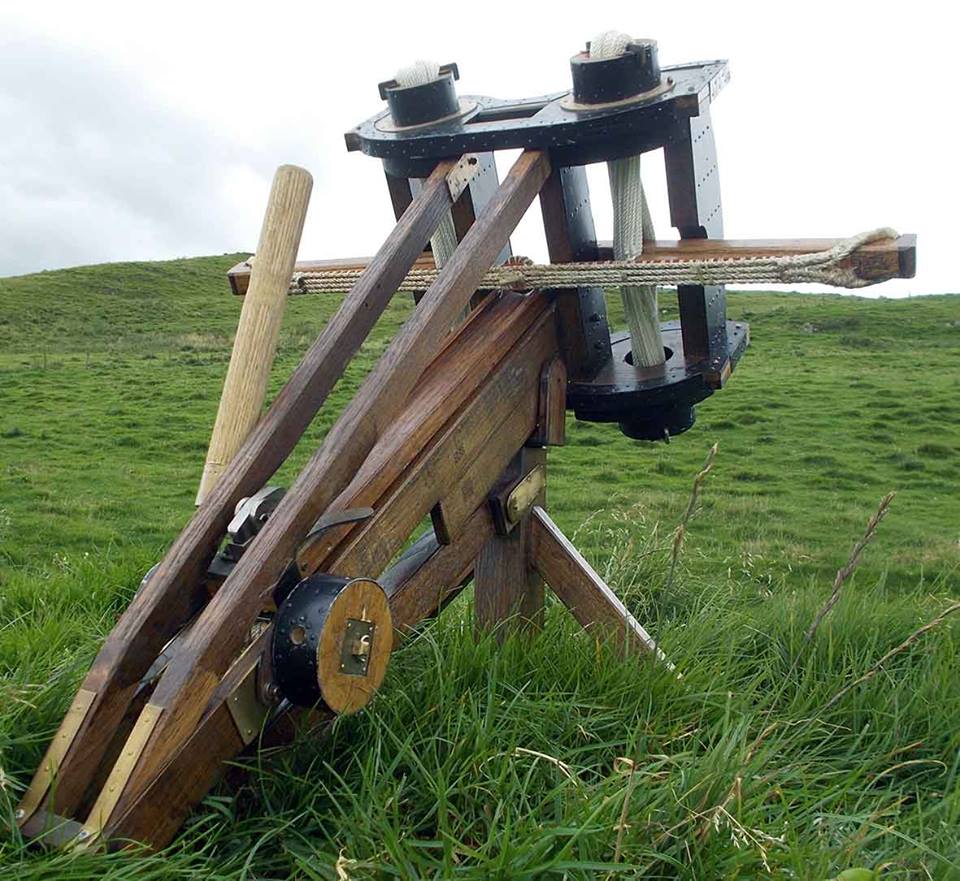
The Roman legions used very large ballistae to knock down fortifications, but smaller ballistae, like this modern replica, were used at Burnswark Hill as anti-personnel weapons.
Each Roman legion also included a unit of specialist troops equipped with 60 small ballistae known as "scorpios" (scorpions) that could combine to fire hundreds of iron-tipped bolts every minute at the enemy
Diversity in relics
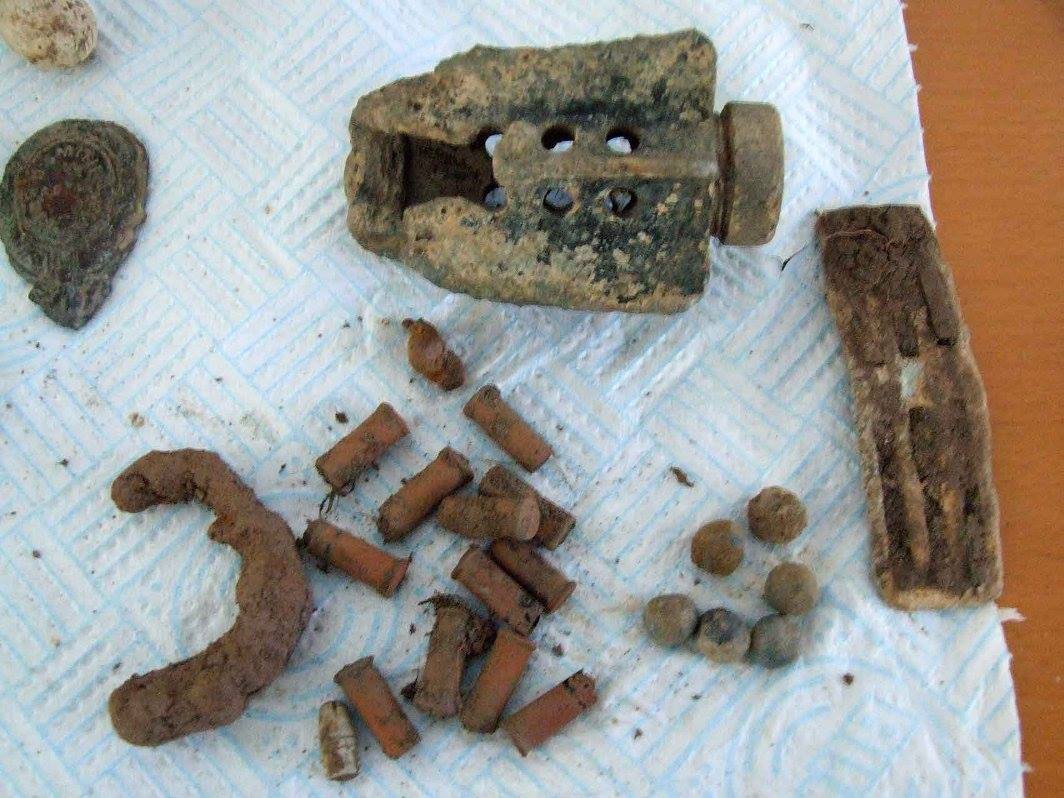
As well as the remains of the 2nd century Roman battle, the archaeological team located hundreds of other metal objects from later periods at Burnswark Hill.
This image shows musket balls, bullet cartridges, pieces from a World War II mortar smoke round, and a badge from a horse saddle made in the Dumfreisshire town of Langholm.
Uncovering the battlefield
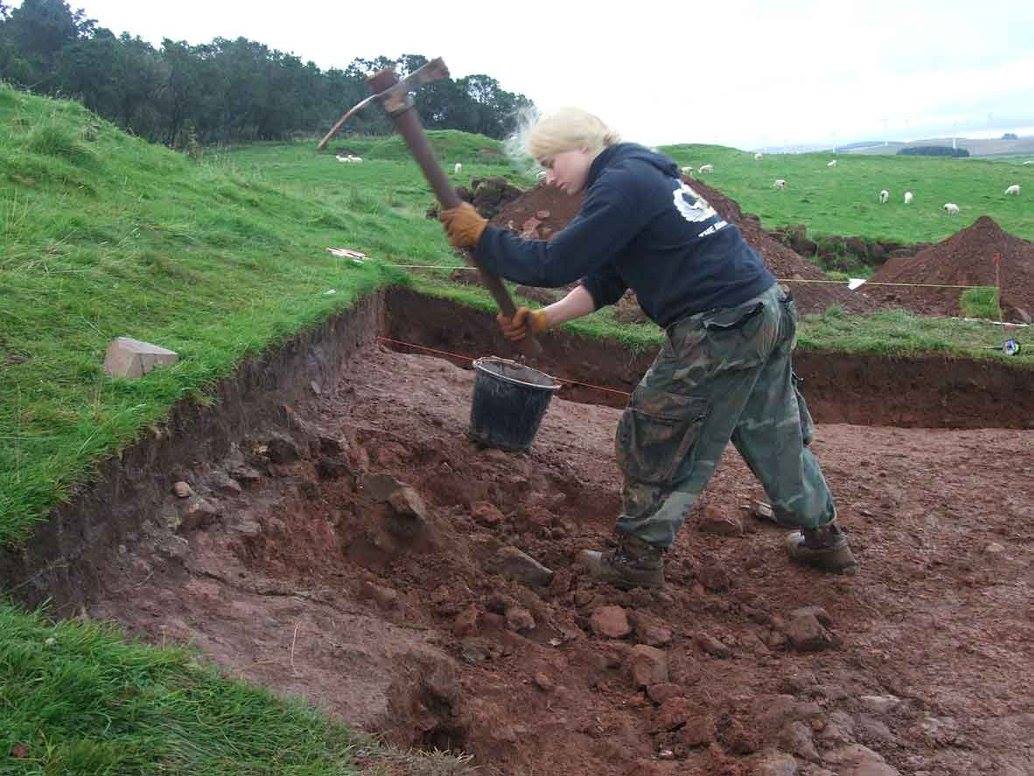
The archaeological team and more than a dozen volunteers spent two weeks on Burnswark Hill in September, excavating several trenches around the ancient battlefield.
The researchers think the hilltop fort may have been the scene of the opening assault of a Roman effort to conquer rebellious Scottish tribes north of Hadrian's Wall — a chain of forts and ramparts built across southern Scotland during the reign of the Roman emperor Hadrian from 117 A.D. to 138 A.D.
Burnswark Hill lies just a few miles north of Hadrian's Wall.
A team effort
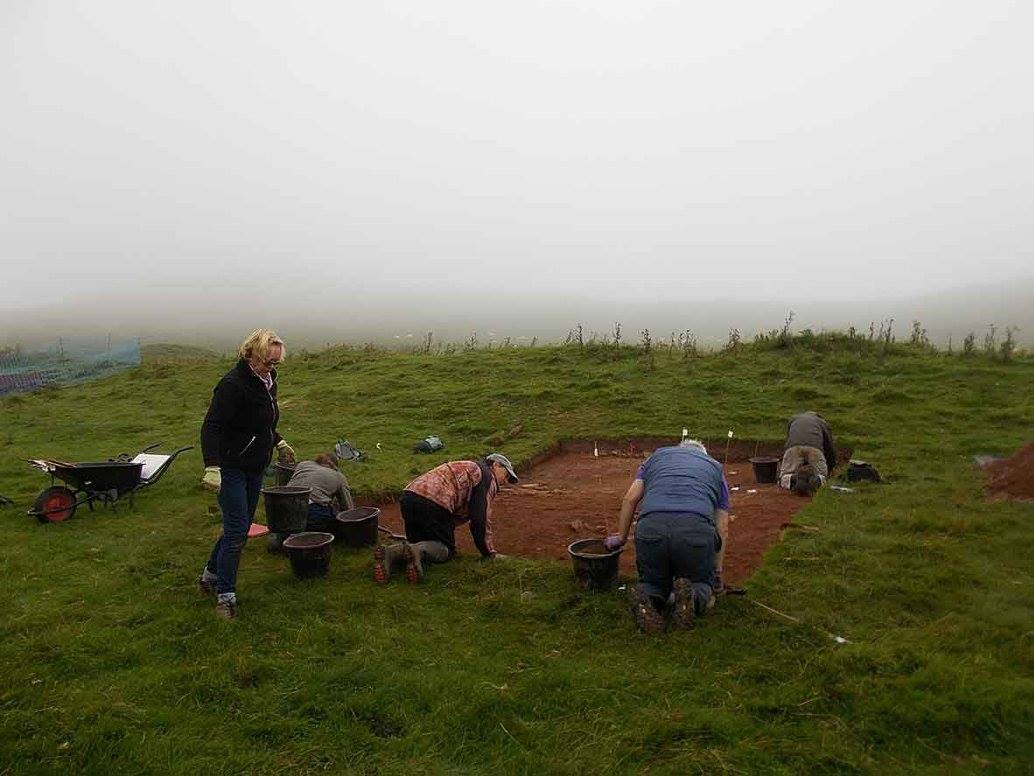
The excavations were carried out by the Burnswark Project, a joint effort by local history group Trimontium Trust, the Dumfreisshire and Galloway museums service, and a team of volunteers.
The project also directed excavations at the site in 2015, and further digs are planned after the most recent discoveries are documented and sent for scientific testing.
Tom Metcalfe is a freelance journalist and regular Live Science contributor who is based in London in the United Kingdom. Tom writes mainly about science, space, archaeology, the Earth and the oceans. He has also written for the BBC, NBC News, National Geographic, Scientific American, Air & Space, and many others.










